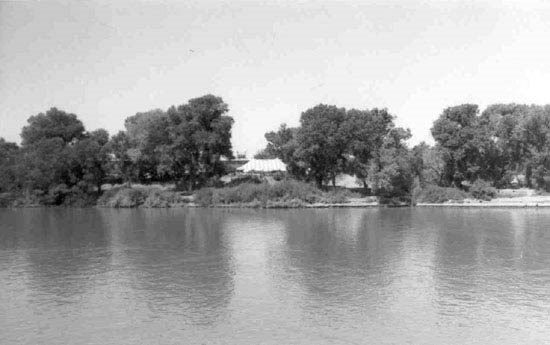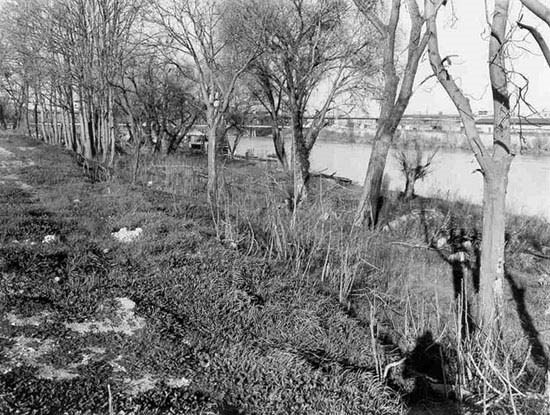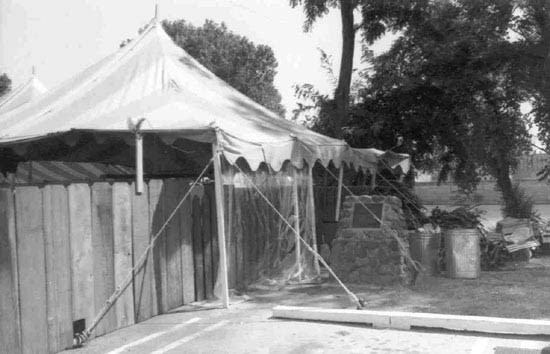
NPS Photo / James Ditton
First Pacific Coast Salmon Cannery Site
West Sacramento, CA
Designated an NHL: April 6, 1964
Designation withdrawn: July 14, 2004
The First Pacific Coast Salmon Cannery was established in 1864 by brothers William and George Hume, and an old acquaintance of theirs, Andrew Hapgood, and remained at this site until 1866. The site is significant as the place where salmon was first canned, an advancement that allowed the mildly successful industry to flourish into a multimillion dollar Pacific Coast industry. The salmon industry on the Pacific Coast of the United States by the 1850s had developed a healthy market but was limited in its ability to meet consumer demands for the product due to preservation issues.
In 1852 William Hume, originally from Maine, entered into the salmon industry in Sacramento, California, and was joined four years later by his brother George. The brothers were limited to the sale of fresh and "salted" salmon, the only preservative available for salmon until that time. However, the Humes soon overcame this limitation by inviting an old school friend from Maine, Andrew Hapgood, to join them in the salmon business. Hapgood was a tinsmith and a fisherman in Maine, both skills that would prove useful as he had already successfully experimented in canning lobster as well as salmon. He arrived in Sacramento in 1864 with some rudimentary canning instruments. The company then became Hapgood, Hume and Company, with operations starting on April 1, 1864.

NPS Photo / Charles W. Snell
The company revolutionized the technology of the preservation of fish by replacing salting with canning. Each individual can was processed by hand with the salmon being packed in salted water and boiled to 230° F for an hour. Later in the process the salt was replaced by a pickle and the can finally painted a bright red color that made it distinguishable even without a label.
During the first year of operations the company produced 2,000 cases of salmon at five dollars per dozen. Although nearly half of the cans burst at the seams the first year of production, the company still managed to succeed with the second year of sales echoing the success of the first. The business flourished at the Sacramento River location until the spring of 1866, when the salmon run in the river proved inadequate to meet the company's demands. As a result, Hapgood, Hume and Company eventually relocated to the Columbia River where the salmon supply was plentiful. However, the Sacramento area did experience some success in the canning industry with the operation of twenty canneries on the shores of the river during the late nineteenth century.

NPS Photo / James Ditton
Although nothing of the original operation remained at the time of designation, a National Historic Landmark plaque commemorated the site of the First Pacific Coast Salmon Cannery Site. The company site consisted of a scow anchored on the west bank of the Sacramento River, directly opposite from the City of Sacramento's K Street. It is believed that the brothers resided on a cabin located on the shoreline. During the nineteenth century the barge was lost and numerous floods altered the appearance of the riverbank. The plaque is no longer extant and the riverbank's appearance has changed through the site's development as a park by the City of West Sacramento. Consequently, the site's designation as a National Historic Landmark was withdrawn on July 14, 2004 by the Secretary of the Interior.
Last updated: August 29, 2018
